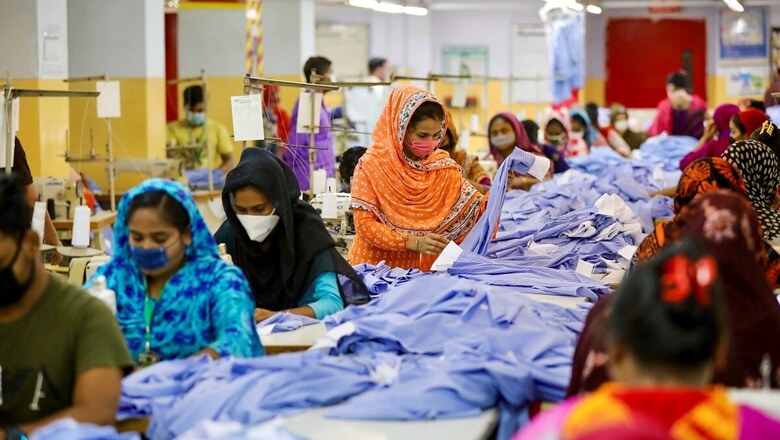
views
A Covid-19 symptomatic person is four times more likely to pass the virus on to others than someone who remained asymptomatic, according to a statistical analysis of dozens of contact-tracing reports.
These reports also revealed that the highest risk of infection comes from sharing a home with an infected individual. Which means that affected individuals should isolate themselves as soon as they develop signs of deadly infection.
As reported in Hindustan Times, the researchers from the Imperial College, London also found that households have the highest transmission rates among indoor settings as compared to a workplace or casual social spaces. This further increases the chance of one family member infecting another becomes significantly higher if the duration of exposure is more than five days.
The analysis provides some of the first evidence that asymptomatic infections are substantially less infectious than symptomatic cases, this further reinforces the importance of household transmission, especially where symptomatic cases are not isolated outside the home, said Imperial College professor Neil Ferguson. It was Ferguson’s modelling in March that led the UK to announce a nationwide lockdown to stop transmission of the deadly virus.
Based on a meta-analysis – a uniform statistical review from 45 contact-tracing studies from around the world published till mid-July. “Where the initial case was asymptomatic, the secondary attack rate was estimated to be two thirds lower (3.5%, 95% CI: 0.0%-6.4%) than when the index case had symptoms (12.8%, 95% CI: 8.9%-16.7%, p = <0.001),” Imperial College’s MRC Centre for Global Infectious Disease Analysis said.
So far, across the world tracing transmission from an asymptomatic person has been a particular challenge in containing the spread of Covid-19. This is because contact-tracing efforts often fail to identify the index patient, who may not have had any signs that they were infected when they passed the virus on.
However, outbreaks have perplexed epidemiologists when they found that only a small proportion of infected people cause the most number of infections.
Reportedly, the authors also calculated chances of infections in different settings- in workplace contacts they found studies showed there was a 1.9% chance of a secondary infection in an office. While in hospitals, clinics etc- a secondary attack rate of 3.6% of all contacts of the average index patients.
And in social settings, which included people exposed to while travelling, at religious events, fitness classes, whilst shopping or at entertainment venues- the pooled attack rate came to about 1.2%.
However, researchers found that there were no statistically significant differences in how people of different ages spread the infection. And these findings are crucial in order to fix strategies to test, trace and isolate people.
Read all the Latest News, Breaking News and Coronavirus News here




















Comments
0 comment